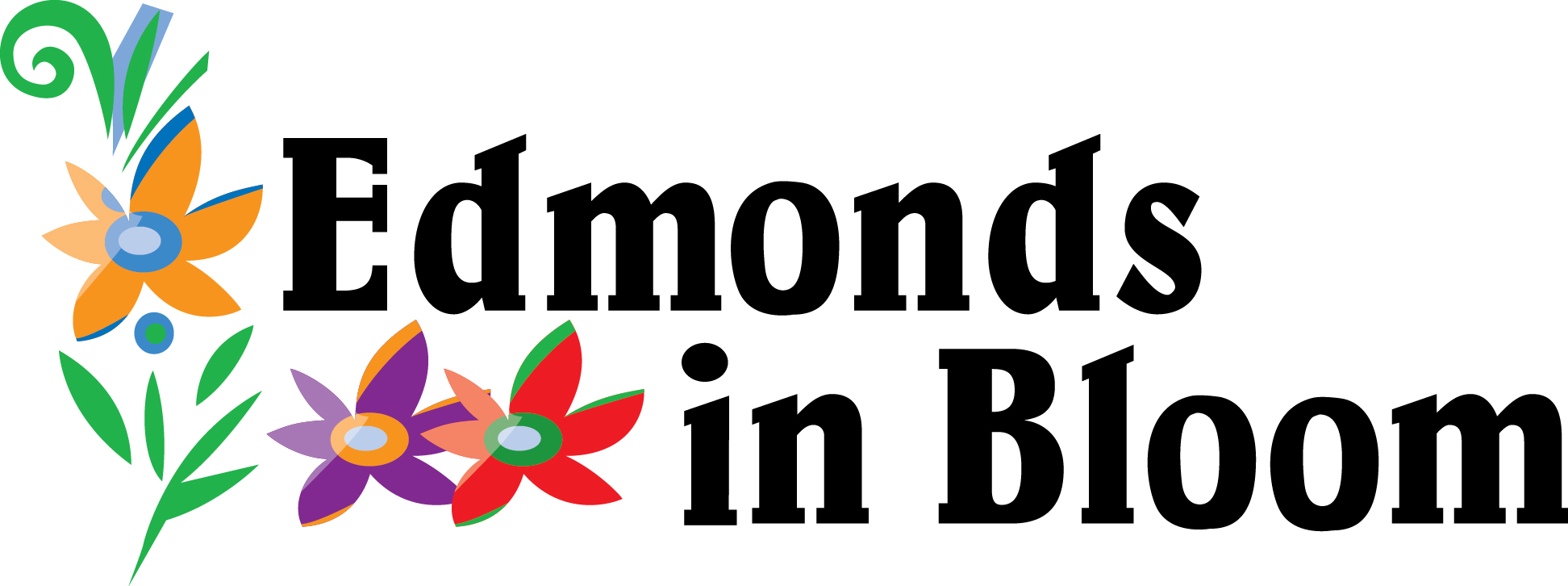Beacon Food Forest
Exploring the Beacon Food Forest: Seattle's Urban Agriculture Gem
In the heart of Seattle, the Beacon Food Forest stands as a remarkable example of urban agriculture, community collaboration, and sustainable living. Located in the Beacon Hill neighborhood, this seven-acre public park is one of the largest food forests in the United States. It offers a model for how cities can transform underutilized spaces into thriving, productive, and inclusive community resources. In this blog, we'll delve into the history, development, and ongoing impact of the Beacon Food Forest, highlighting its significance as a pioneering urban agricultural project.
![]()
Open Harvest
An amazing fact to know about the Beacon Hill Food Forest is that most of it is Open Harvest. Anyone can forage from the site freely. Trusting strangers to take only what they need and leaving some for others thus far has been a very successful model that has not been abused. When visiting the site in preparation for this blog, I marveled at the bountiful selection of fruit and vegetables that I could nibble on as I was taking photos.
![]()
The Vision and Beginnings
The idea for the Beacon Food Forest began with a group of visionary community members who saw the potential to turn an underused piece of land into a vibrant, productive green space. Their goal was to create a space that would provide fresh, organic food, foster community connections, and promote sustainable living practices.
![]()
Initial Concept and Planning
The project started in 2009 when a group of Seattle residents attended a permaculture design course and were inspired to create a food forest in their city. They envisioned a space where people could come together to grow food, learn about sustainable gardening, and build community. With the support of the Jefferson Park Alliance, they began to turn this vision into reality.
![]()
Securing the Site
One of the first challenges was finding a suitable location. The group identified a seven-acre plot of public land on the western slope of Beacon Hill, adjacent to Jefferson Park. This land, owned by the Seattle Department of Parks and Recreation, was largely unused and provided an ideal site for the food forest. Through a series of community meetings, presentations, and negotiations, the group secured permission to use the land and began the planning process in earnest.
![]()
Design and Development
The design of the Beacon Food Forest is rooted in permaculture principles, which emphasize sustainable, regenerative agricultural practices that work in harmony with natural ecosystems. The food forest is designed to mimic the structure and function of a natural forest, with multiple layers of vegetation, including canopy trees, understory shrubs, herbaceous plants, ground covers, and root crops.
![]()
Community Involvement
From the outset, community involvement has been a cornerstone of the Beacon Food Forest project. The planning and design process included extensive community input, with numerous public meetings and workshops where local residents could share their ideas and feedback. This collaborative approach ensured that the food forest would meet the needs and desires of the community.
![]()
Phased Implementation
The development of the Beacon Food Forest has been carried out in phases. The first phase, completed in 2012, involved the planting of a demonstration garden and the establishment of key infrastructure, such as pathways, irrigation systems, and signage. Subsequent phases have expanded the planting areas, added new features, and increased the overall functionality and accessibility of the site.
![]()
Features and Highlights
The Beacon Food Forest boasts a variety of features designed to support sustainable food production, enhance biodiversity, and provide educational and recreational opportunities for the community.
![]()
Edible Plants
At the heart of the food forest are its diverse plantings of edible species. The forest includes a wide range of fruit and nut trees, berry bushes, perennial vegetables, herbs, and ground covers. These plants are chosen not only for their food-producing capabilities but also for their ability to support pollinators, improve soil health, and create a resilient, self-sustaining ecosystem.
![]()
Community Garden Plots
In addition to the communal food forest areas, the Beacon Food Forest includes individual garden plots that community members can rent and cultivate. These plots provide opportunities for people to grow their own food, experiment with different gardening techniques, and connect with fellow gardeners.
![]()
Educational Spaces
The food forest features several areas dedicated to education and community engagement. These include a gathering space for workshops and events, demonstration gardens that showcase different gardening methods, and educational signage that provides information about permaculture, edible plants, and sustainable living practices.
![]()
Public Accessibility
One of the core principles of the Beacon Food Forest is that it is open and accessible to everyone. The site is designed to be welcoming and inclusive, with wide pathways, seating areas, and clear signage. The food produced in the communal areas is available for anyone to harvest, ensuring that the benefits of the food forest are shared by all members of the community.
![]()
Impact and Benefits
The Beacon Food Forest has had a profound impact on the Beacon Hill neighborhood and beyond, providing a range of ecological, social, and economic benefits.
![]()
Food Security
By providing a source of fresh, organic produce that is freely available to the community, the Beacon Food Forest helps to address food insecurity and promote healthy eating. The availability of diverse, nutritious foods is especially valuable in an urban area where access to fresh produce can be limited.
![]()
Community Building
The food forest serves as a gathering place where people from different backgrounds can come together, share knowledge, and build relationships. The collaborative nature of the project fosters a sense of ownership and pride among community members, strengthening social ties and enhancing community resilience.
![]()
Environmental Stewardship
The Beacon Food Forest promotes environmental stewardship by demonstrating sustainable agricultural practices and encouraging people to engage with nature. The use of permaculture principles helps to improve soil health, conserve water, and support local biodiversity, creating a healthier and more resilient urban ecosystem.
![]()
Education and Awareness
Through its workshops, events, and educational resources, the food forest provides valuable learning opportunities for people of all ages. It raises awareness about the importance of sustainable living and empowers individuals to take action in their own lives and communities.
![]()
Economic Opportunities
The food forest also creates economic opportunities by providing a space for local artisans, farmers, and educators to share their skills and sell their products. This support for local entrepreneurship contributes to the overall economic vitality of the neighborhood.
Beacon_Food_forest
Challenges and Future Directions
While the Beacon Food Forest has achieved remarkable success, it has also faced challenges and continues to evolve in response to changing needs and circumstances.
![]()
Ongoing Maintenance and Funding
Maintaining a large, diverse, and productive food forest requires significant resources and labor. The project relies heavily on volunteer labor and donations, which can be unpredictable. Securing consistent funding and support is an ongoing challenge that the food forest community continues to address.
![]()
Expanding Outreach and Inclusion
As the food forest grows, there is a need to expand outreach efforts and ensure that all community members are aware of and able to participate in the project. This includes reaching out to underrepresented groups and addressing barriers to participation, such as language, transportation, and accessibility issues.
![]()
Adapting to Climate Change
Like all agricultural projects, the Beacon Food Forest must adapt to the impacts of climate change, including changing weather patterns, pests, and diseases. Ongoing research and adaptive management practices are essential to ensure the long-term resilience and productivity of the food forest.
![]()
Future Plans
Looking ahead, the Beacon Food Forest has ambitious plans for further development and expansion. These include adding new planting areas, enhancing existing features, and increasing educational programming. The project also aims to strengthen partnerships with local schools, organizations, and businesses to expand its reach and impact.
The Beacon Food Forest is a shining example of what can be achieved when a community comes together with a shared vision of sustainability, collaboration, and resilience. It transforms an urban space into a productive, educational, and inclusive sanctuary that benefits both people and the environment. As the Beacon Food Forest continues to grow and evolve, it serves as an inspiring model for urban agriculture projects around the world, demonstrating the power of community-driven solutions to create a more sustainable and equitable future. Whether you are a local resident, a visitor, or an urban agriculture enthusiast, the Beacon Food Forest offers a wealth of opportunities to connect with nature, learn about sustainable living, and be part of a thriving community.

